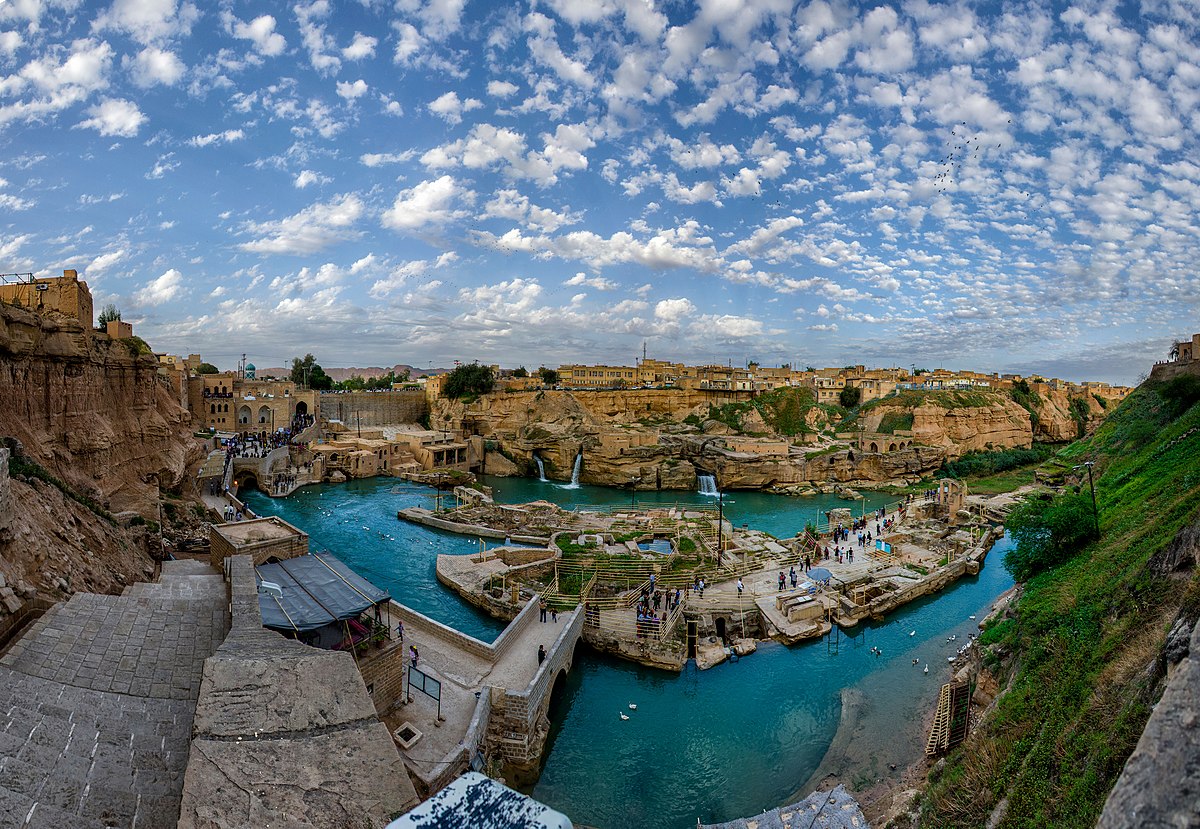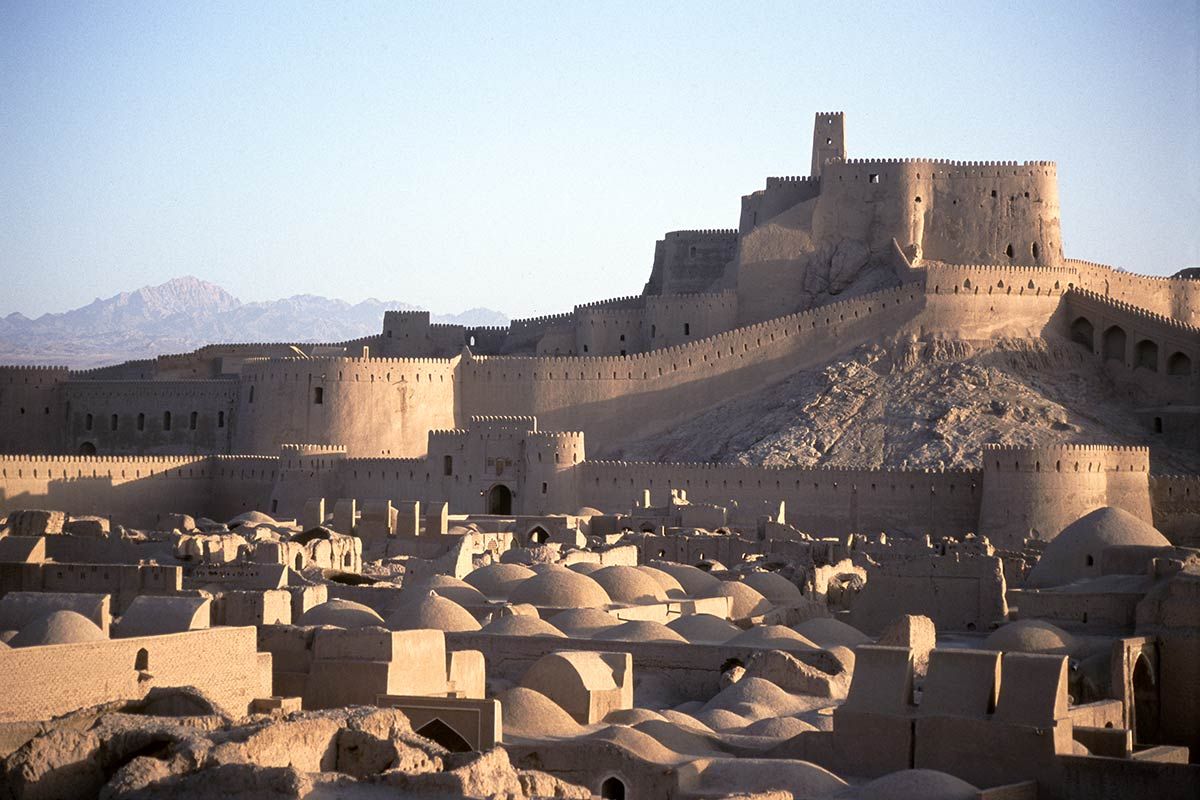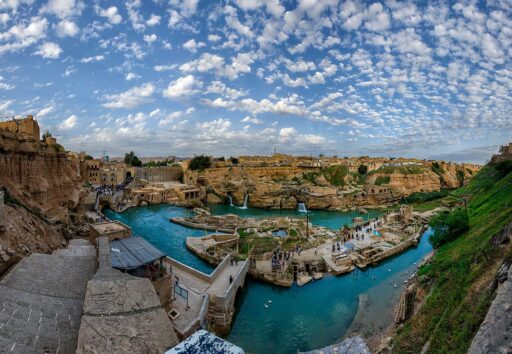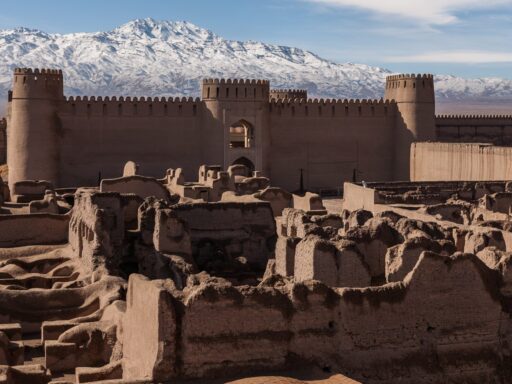Introduction
In the hot plains of Iran’s Khuzestan province lie the archaeological ruins of ancient Shush. Dating back over 5000 years, this city was the capital of Elam, one of the earliest civilizations that emerged on the Iranian plateau. this ancient city has yielded remarkable artifacts and structures that provide glimpses into Elamite culture, architecture, and military might. In this article we’ll explore the history and significance of Shush, one of the Middle East’s most important proto-historic cities.
Overview of Shush
Shush is located near the modern city of Dezful in the southwest of Iran. It was the capital of Elam from around 4000 BCE to the 6th century BCE, dominating the region for over 1500 years. Elam had a unique culture that blended Mesopotamian, proto-Iranian, and Indus Valley influences. The city’s name comes from the Hebrew version of its Akkadian name, meaning “City” or “Fortress.”
Shush developed as a center of administration, military power, and commerce. It was well-fortified with monumental architecture including palaces, ziggurats, and temples. Following Elamite decline, Shush was occupied by the Neo-Babylonians and Achaemenid Persians before being abandoned.

Excavations & Timeline of Shush
The ruined ziggurat mound at Shush was first identified in the late 1800s. Systematic excavations began in the 1970s by Iranian teams and have continued through today.
Key discoveries include:
- 4000 BCE: Early village settlement
- 3200 BCE: Emergence of urban center with monumental buildings
- 2000 BCE: Massive complex of royal palaces built
- 1175 BCE: Sacking and destruction by Neo-Assyrian king Ashurbanipal
- 539 BCE: Capture by Cyrus the Great of Persia
- 224 CE: Briefly capital of Sassanian Persia
This long timeline provides insights into Elamite history and interactions with other regional powers over the millennia.
Elamite Culture & Society
Although overshadowed by neighboring Mesopotamia, Elam developed a sophisticated independent urban culture and artistic style. Key aspects include:
- Writing system blending proto-Elamite, Mesopotamian, and Iranian scripts
- Polytheistic religion worshipping Semitic and Iranian deities
- Bronze metalworking skills and mass production
- Vibrant ceramic tradition with plant and animal iconography
- Highly organized bureaucratic society and taxation
- Powerful military relying heavily on bowmen
Elam’s long endurance and military strength enabled both competition and exchange with neighboring civilizations. Shush was the center where their distinctive culture took shape.

Major Sights at Shush
this ancient city today appears as a large mound dotted with excavated architectural remains. Key sights include:
The Ziggurat of Shush
- Massive stepped pyramid temple replicating Mesopotamian models
- Originally over 40m tall with ornate temples on top
- Destroyed in the 12th century BCE by Assyrians
The Royal Palace Complex
- Sprawling elite residential quarters with administrative wings
- Courtyards, audience halls, and living spaces for royalty
- Originally adorned with glazed tiles, precious metals, and ivory
The Tomb of Daniel
- Traditional burial site of the Biblical prophet Daniel
- Plain rectangular mudbrick structure
- Sacred place for Jews, Muslims, and Christians
Acropolis Mound
- Oldest settled part of Shush dating back 5000 years
- Mudbrick houses, workshops, and store rooms revealed

Decline of Shush & Legacy of Elam
Following its sack by the Assyrians, this ancient city went into decline before being revived under the Babylonian and Persian empires. However, Elamite language and identity disappeared. Yet Elam left an indelible legacy for later Iranian civilizations:
- Cultural transmission from Mesopotamia and the Indus Valley
- Metalworking and glazed ceramics technology
- Irrigation agriculture and water engineering
- Foundation for a bureaucratic centralized state
- Literary and artistic traditions
As one of the Middle East’s earliest complex societies, Elam and its capital Shush represent a critical precursor to later Iranian empires. Excavations continue to provide insights into proto-Elamite urban life, technology, art, and state organization over 4000 years ago.

Visiting Shush Today
Shush lies close to the town of Dezful, about 250km southwest of Tehran. The archaeological site and museums are open daily from 8am to 6pm.
Key attractions are the partially reconstructed ziggurat, palace ruins, and Acropolis mound. The on-site Susa Museum exhibits thousands of artifacts spanning the full chronology of the city’s inhabitation. Seeing the monumental architecture and material culture of ancient Shush provides a glimpse into the influential but little-known world of Elam.
Conclusion
As the power center of Elam for over 1500 years, this ancient city was a nexus point connecting diverse ancient Near Eastern cultures. Excavations continue to reveal insights into early urbanization, state formation, art, and engineering in this region. Shush deserves recognition alongside Babylon, Ur, and Persepolis as one of the Middle East’s most significant archaeological sites illuminating the region’s shared inheritance. The ancient city’s remnants testify to the rich and complex history of civilizations that emerged in ancient Iran.





